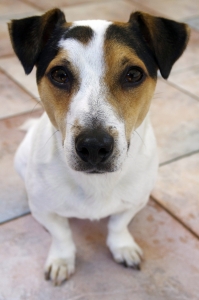 The Best Dog Breed For A Family- Is There One?
The Best Dog Breed For A Family- Is There One?
One of my awesome cousins (I’ve got 30-some-odd cousins or so) recently sent me a question. Her question was one that I get quite frequently so I thought I’d turn it into a blog post.
Her question was:
“What is the benefits from having a male or female dog? I would love to get my kids a dog but I know nothing about them and am fairly allergic to them, (however I have had a dog before and had no allergy problems). Any ideas on what would be best for my small kids?”
Whether it’s casual conversation with friends at church, an encounter with a stranger on the street that finds out I’m a dog trainer, or a question coming in from the website, I frequently hear ‘what is the best dog breed for a family?”
Along with those types of questions I frequently hear various iterations like I heard from my cousin regarding breeds for allergenic dog owners and gender of the dog.
So the question remains…is there a best dog breed for a family?
Unfortunately, my answer is no.
The Best Dog Breed For A Family- Why Not?
So why isn’t there a best dog breed for a family? The answer is that there is simply too much variation within breeds to say that one breed is going to reliably act a certain way around kids, within a home, etc.
You see, in my years of training I’ve heard from various sources that Labradors, Golden Retrievers, Labradoodles, Goldendoodles, German Shepherds, Pit Bulls, and Rottweilers are the best dog breed for a family. I’ve heard these assertions from dog owners, breeders, rescue organizations, and others. If you go searching online you’ll likely be able to find collaboration for each of these breeds being the most suitable for your family and kids.
As a trainer, though, I can tell you that I’ve worked with dozens of aggressive Labradors and Golden Retrievers. I’ve seen plenty of aggressive German Shepherds, Rottweilers, Pit Bulls, and Doodles. I’ve met Labradors that want to kill every kid they see and I’ve met Pit Bulls who will let kids perform on them a tonsillectomy without any anesthesia.
I’ve seen dogs of all breeds that started out wonderfully with kids but turned into a liability when the parents didn’t supervise the children well enough and the kids abused the dog. I’ve met dogs that are perfectly fine with their family’s kids but hate all other neighborhood kids due to taunting at the fence.
I’ve seen owners raise a dog around children and do everything nearly flawless and still have the dog turn out with child aggression issues.
As far as the allergy issue goes, I’ve seen people who have never been allergic to dogs suddenly develop an allergy to a particular dog. I’ve seen scads of the supposedly ‘hypo-allergenic’ breeds (doodles, poodles, Portuguese water dogs, Havanese, Shih Tzus, etc.) cause allergies in owners. And then I’ve seen owners who are allergic do just fine with their own dog. (One of our trainers at my company is quite allergic to dogs, in fact, but manages fine with controlled amounts of medication.)
What I’m getting at is that for every ‘best dog breed for a family’ that you see out there, I’ve seen countless exceptions.
And I’ve quite frequently had conversations with dog owners who are down-trodden and confused when the breed they researched suddenly isn’t acting the way the book told them to act.
There are so many factors that go into the temperament and behavior of the dog including:
- Proper breeding practices
- Early imprinting and conditioning
- The right quantity and quality of socialization during the puppy’s ‘socialization window’
- Giving proper leadership to a dog
- Excellent training from a young age
- Nutrition, exercise, medical care
- So much more.
If you tweak with just one of those components you may find that the Labrador who was supposed to be great with kids suddenly isn’t.
Now, on top of that, there are other considerations to be taken into account.
The truth is that, yes, I’ve found that MOST Labradors (leaving plenty of room for exceptions) tend to be friendly towards children. Having said that, I’ve trained numerous Labs because they are ‘over-friendly’ with the kids and jump on them, run into them, knock them down, get in their face, etc.
I’ve also found that MOST Pit Bulls TEND to be gentle with children. But many that I’ve worked with have had dog aggression issues so that poses various threats were the dog to be with the kids while another dog approached.
So even a dog that IS good with kids can often become a liability if other aspects of training, care, supervision, and smart dog-ownership are ignored.
So for these reasons I always find it incredibly difficult to make a recommendation on which breed to choose for a family.
The Best Dog Breed For A Family- So How Can You Choose?
I know I’ve spent the past page of prose waxing profound on why it is so difficult to find the best breed for children. I don’t mean to scare you away, though, and I don’t want you to back away from your decision to get a dog.
Here are the guidelines the I normally recommend for finding the best breed for YOUR family:
- Take into account cost. Certain breeds are going to cost more to acquire, groom, and feed.
- Think about allergies. As I mentioned previously there are numerous exceptions but certain dogs have a better chance for not causing allergies. Typically these are dogs that have ‘hair’ rather than ‘fur’. Examples would be poodles of any size, Labradoodles, Goldendoodles, Havanese, Bouvier de Flandres, Schnauzers, Airedales, amongst others.
- Consider training. I’ll get flack for this, I’m sure, but I find it easier to get dogs of medium to large size house trained and obedience trained. (In my years of training I’d conservatively say that of the dogs that I’ve met past one year of age who still weren’t house trained 98% of them were Yorkies, Chihuahuas, and Shih Tzus.) Also speaking in generalities, I find that a lot of smaller dogs aren’t best suited for kids because they can quickly become terrified when they have many pairs of hands coming at them all day.
- Think of things like your family’s energy level, time that you’re home, and age of your children and use that data to help better choose. Certain breeds will require more exercise, require more attention, etc.
- Once you’ve found the breed that YOU like and you feel best fits YOUR family, go search out the right individual within that breed that meets those characteristics. ***This is very important*** Many people through their research find that a Labrador or German Shepherd, for example, are the best breed for them. What they don’t realize, however, is that those two breeds, amongst dozens of others, have been severely over-bred and improperly bred for the past two decades. What that means is that all the info you learned in your breed related books doesn’t apply. Yes, perhaps a German Shepherd is typically strong and confident but just try getting one from a lousy breeder and you could very well end up with a neurotic, fearful mess. Yes, a Labrador should be happy-go-lucky but just try getting one from a horrible breeder (the majority of breeders are horrible breeders, by the way) and you could end up with a Labrador that snarls at children. At this point it’s important to note that rescuing a dog is a viable option. You obviously can’t know too much about the dog’s history, though, so you’ll have to test the dog out, take him out for walks, do a trial weekend at your home, etc. before deciding.
If you were to break down my advice into one simple adage it would be- ‘Don’t think about which breed is best for a family…instead think of which breed is right for YOUR family and then search out the individual within that breed that is MOST likely to be great with your kids.’
I’ll tell you that the breeds best for MY family would likely be Jack Russel Terriers, Labradors, Belgian Malinois, Rottweilers, German Shepherds, and Airedales. Those breeds in other families, though, could be a disaster. And just try giving my family a poodle, a boxer, or a Cocker Spaniel. While I think those breeds are wonderful they are just a lousy fit for my family.
Best of luck in your choice and happy training.
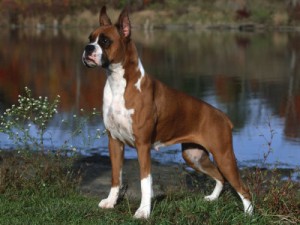

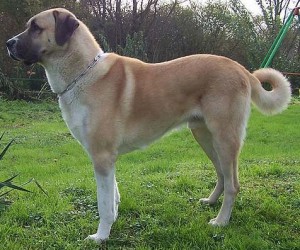
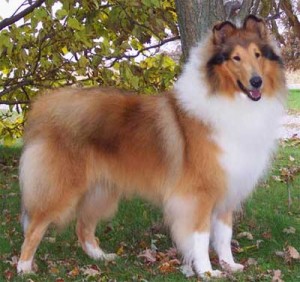


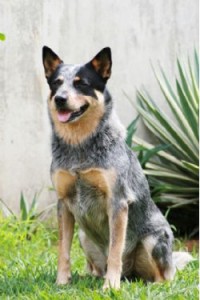

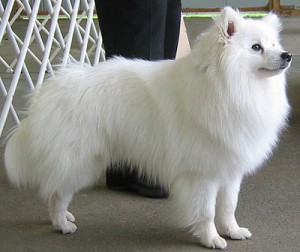
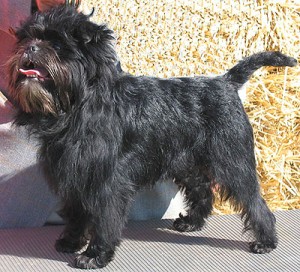
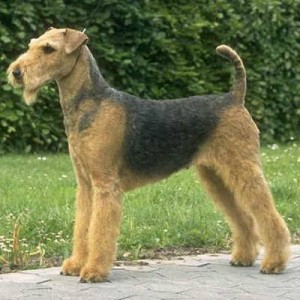
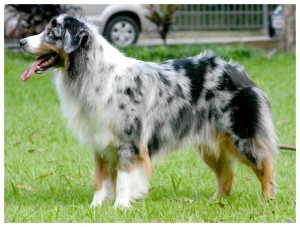



Follow Us!